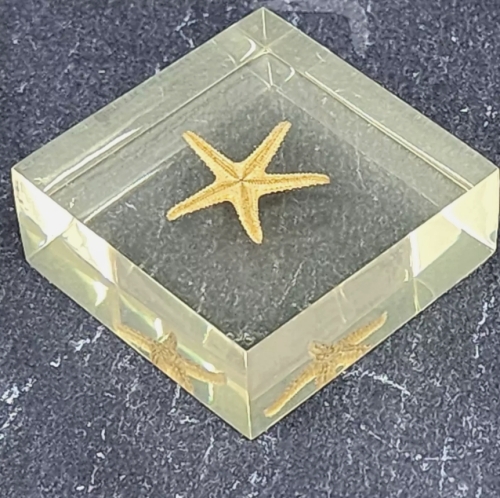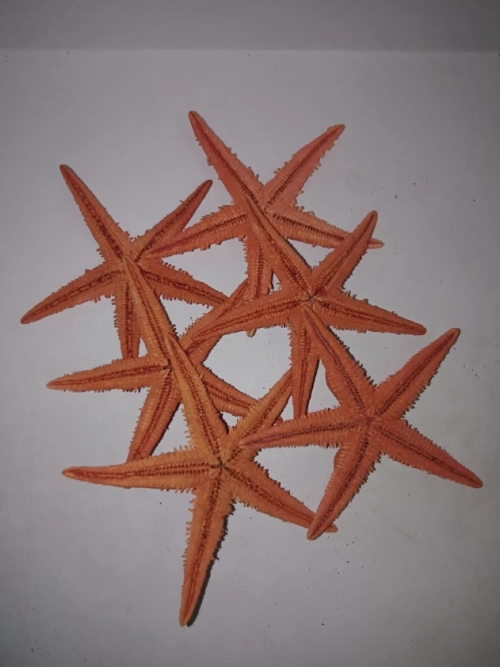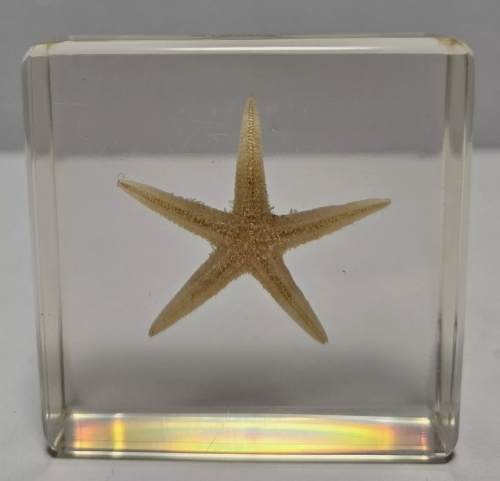Starfish are a variety of Marine mollusks, widely distributed in the world's oceans. As an important part of Marine ecosystem, starfish plays an important role in maintaining Marine ecological balance and promoting biodiversity. By making starfish specimens, we can not only better understand the shape characteristics and physiological structure of this creature, but also provide valuable reference materials for ecological education and scientific research.
Starfish have a unique body structure, usually star-shaped, with five or more radiating arms, which makes them stand out in the undersea environment. The surface of each starfish is covered with a hard shell made up of small calcareous plates that provide protection for the starfish while also giving them their unique appearance. Starfish come in a variety of colors, from bright oranges and reds to deep blues and purples, and this colorful appearance is an important indication of their adaptation to different habitats.
The process of preparing starfish specimens requires meticulous attention. First, fresh specimens of starfish are selected to ensure the preservation of their integrity and appearance. After that, it is fixed by proper treatment, such as with alcohol or formalin, to prevent decay and discoloration. The fixed starfish can be dried or soaked in a transparent resin to retain its original form and color. These specimens play an important role in scientific research, educational demonstrations and exhibitions.
The physiological structure of starfish is also worthy of further study. Their ability to regenerate, to grow a new arm after losing one, has attracted the attention of many biologists, providing valuable examples for biological regeneration research. In addition, the digestive and nervous systems of starfish are also different from those of other Marine invertebrates, and their unique plumbing system allows the starfish to move and hunt through water pressure.
















